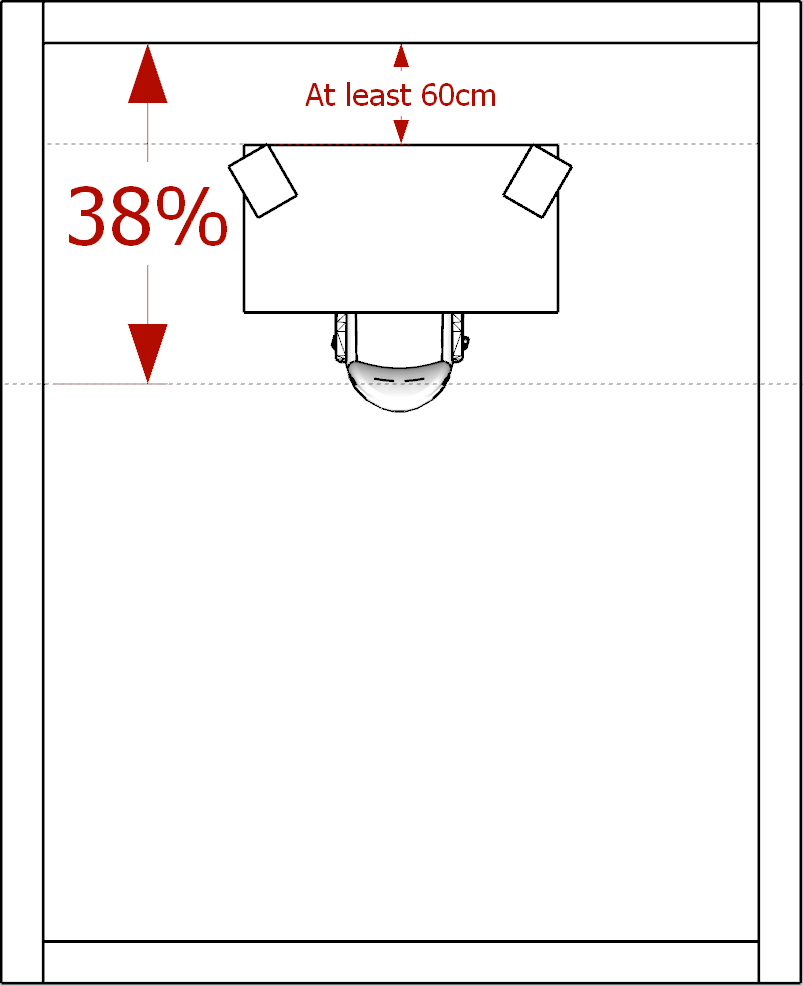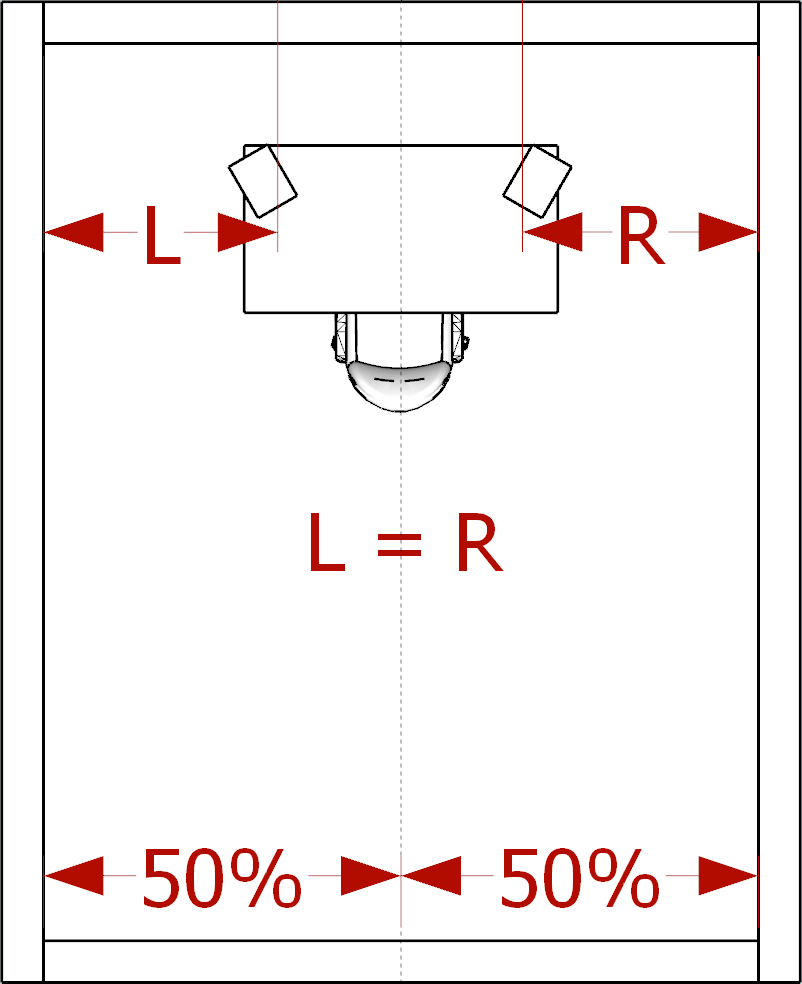Room Layout and Monitors Placement
Maybe at a first glance this topic doesn't seems so crucial but it's an important issue regarding the quality of your production. If you want to design your own sound to an appropriate quality level with your own style then you not only need to have skills but also a good environment. This is not about expensive studio equipment , in fact, this is not about equipment at all, it is about physical space and room.
There is no need to start with building improvements. On other hand if you have resources than don't hesitate and go big but this article is not written for that purpose. In conditions of small home production studio - "bedroom production" are big building changes out of scope. So what we can do under such conditions?
I don't want to bother you with physical theory but is good to know the basics of the sound propagation and consequences of its reflections in space of particular room in order to understand what's going on around you when signal starts flow from your DAW to your ears through the room space and different obstacles inside of the room. At least you should know how the sound behave in particular frequency ranges regard to a room dimensions and to know how to find out on which frequencies your room affects the sound more or less. How much is the sound affected and on which frequencies highly depends on the room shape and dimensions.
Room shape
Most important is to avoid a cubic room shape as much as possible because of room modes and standing waves. Better is rectangle shape where monitors and your position are situated along the longer side (longer axis).
For the record - Rectangular is also not an ideal shape because of standing waves between two parallel solid walls, that's why you never see parallel solid walls in a professionally treated recording studio control room.
Positions
Monitors shouldn't be too close to the front wall. Always is better to leave there some gap, of course depends on possibilities of your room, sometimes it is just not possible, but try to adjust the things in room in order to achieve at least 60cm distance from front wall. Further more - there is one lets say rule (not exactly a rule just a recommendation) which tells that most ideal position of your mix position (your ears) should be 38% away from the wall behind the monitors - 38% of length of longer side.
Listening triangle
You and monitors should creates equilateral triangle with 60 degrees angles.
Symmetry
Entire setup should be placed in symmetry by longer axis. Between your left monitor and left wall should be the same distance as between right monitor and right wall. If the distance is not equal than occurs a distortion of stereo image. Reflections from side with smaller distance are more stronger than on the opposite side and vice versa.
Direction (to ears)
After all of this, monitors should also have the right direction. Best position is when the speaker for high frequencies is in one level with your ears or pointed to your ears. Check manual for your particular monitors. I'm sure you will find out some recommendations about this.
If you want to continue with improvements of your room than next step should be acoustic room treatment.



